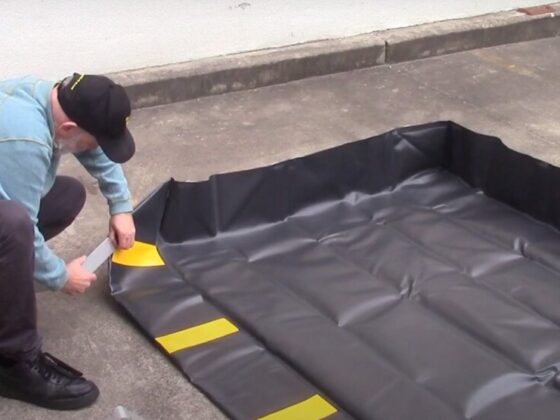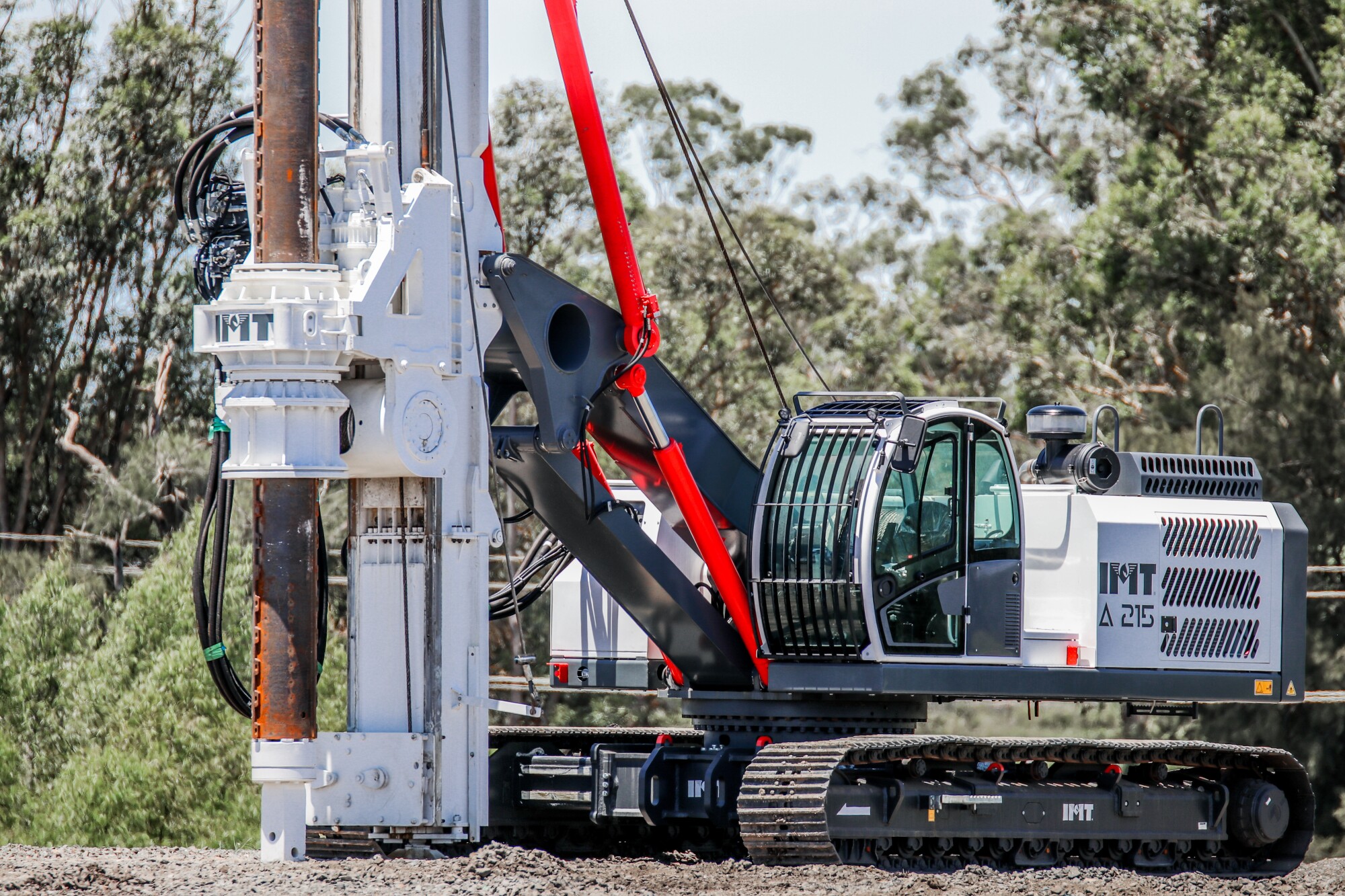Tips for Choosing the Right Cable Carrier for Any Project
Choosing cable carriers and hoses is a crucial aspect of many projects. Planning ahead for acceleration and deceleration times is part of the process, as well as knowing about career and hose materials. Keep these tips in mind for choosing the right cable carriers for any application.
Use to Guide and Protect
People use a cable carrier, also referred to as a cable track, to help protect and guide cables, hydraulic lines, and hoses on machines and equipment. Cable assemblies are also offered for light-duty, heavy, or high-performance applications. Specialized assemblies may have debris, heat, and abrasives that require cables that stand up to these conditions. Work with professionals to determine the proper cable carrier selection for any application.
What Are Cable Carriers?
Cable carriers are also known as drag chains or cable chains. Based on the design, these guides surround and guide flexible cables and hoses attached to machines. The purpose of a cable carrier is to minimize stress on the hoses and cables while preventing tangling. As a result, machines are safer to operate. Plus, cable carriers are arranged to handle various movements, including rotary, vertically, three-dimensional, and horizontal.
Various Applications

A cable carrier is used for various applications such as robotics and more. Machines and equipment used for many production purposes rely on cable carriers to smoothly complete projects. Tangled hoses and cables are a workplace hazard, easily prevented by choosing the right cable tracks for the specific application. An expert team helps manufacturers and managers select cable carriers based on usage and materials.
Plastic Versus Metal
Cable carriers are usually made from metal or plastic, depending on the intended use. To choose the right one, keep several factors in mind and consult with a team of industry experts on factors such as:
- Temperature is important because steel carriers are best under high temperatures or heavy loads that could exceed the unsupported travel of using plastic tracks. However, plastic carriers are suitable for certain temperatures and speeds based on the application.
- Speed is another factor to consider, with higher speeds achieved by controlling deceleration and acceleration. Nylon or plastic carriers typically are best for high speed and accelerations, especially for long travel routes. However, metal carriers provided more strength and longer unsupported spans while providing the necessary speed. Also, certain steel carriers are made to outperform plastic ones based on unsupported span and strength-to-weight ratio.
- Link style refers to whether carriers are accessible or enclosed. An open carrier makes it possible to inspect hoses and cables for signs of wear and tear. Enclosed ones protect against hot chips, sparks, and shavings. Consult with a professional to determine whether a bolt-in or snap-in lid is best to satisfy enclosed cable carrier requirements. If it is important to observe the hoses and cables, an open carrier is the best choice. Maintenance matters when it comes to keeping machinery and equipment operating at all times to avoid production delays.
- Bend Radii is imperative to choosing the proper curve height for cable carriers. Keep in mind the bend radius should be larger than the recommended bend radius of the stiffest hose or cable. Most products have standard bend radii, while some metals ones are customizable. Bend ratio is imperative, as there are inevitable bends along the way, and tangling can lead to serious safety issues and delays.
How to Find the Right Carrier Bend Radius
While temperature, link, and speed might be easy to figure out, it can be more challenging to find the right carrier bend radius. The easiest way is to consult the manufacturer’s hose or cable specification for their recommendations. If this is impossible, start by measuring the outer diameter of the largest hose or cable. Electrical cables for constant motion usually have a bend radius of 7.5 times the outer diameter, with hoses having a radius of 12 times. Understanding these basic measurements helps management determine the right bend radius, even if data is not currently available from the manufacturer.
Plastic Cable Carriers
When people think of plastic, they might not consider the high-strength design of plastic cable carriers constructed of special polymers or glass-filled nylon. These materials resist corrosion and are quite durable for applications requiring long travel or high speed and acceleration. Plastic cable carriers are used for automation, mobile equipment, robotics, and more. The standard operating temperature range for these cable tracks ranges from -40F to 250F. Knowing the temperature is crucial to ensure the carriers function as intended and to maintain a safe workplace.
Metal Cable Carriers
Also called drag chains, metal cable carriers are used for extremely high temperatures and heavier loads. Often steel careers are used for projects that require the highest level of strength-to-weight ratios. Enclosed carriers help keep out abrasives, coolant, and hot chips. Plus, many of them also operate at high speed. Standard operating temperatures may vary and are often approximate. Other factors to consider include variables such as environmental conditions, which can impact overall performance.
Quality Makes a Difference
Finally, quality cable carriers are an investment in production. Failure to operate as intended can lead to interruptions and safety issues, which become costly and reduce profits. Working with an industry professional helps management determine the right carriers for any application. Keeping temperatures, speed, and requirements in mind for each project is crucial to choosing the right cable tracks for the job.
Cable carriers are an important aspect of any production facility. Machines and equipment need quality components to function properly and continue to move production forward. Carefully selecting cable tracks means making an investment in safety and productivity. Plastic and metal tracks differ in several ways, so understanding the usage helps determine which materials are best. Planning production ahead of time, reviewing manufacturer datasheets, and outlining work conditions helps determine the right cable carriers for all applications. Consult with an industry expert today to learn more about the importance of cable carriers and how to find the right ones for all types of projects.

:max_bytes(150000):strip_icc():focal(749x0:751x2)/boy-escapes-abuse-grocery-store-Leandra-Renteria-Gary-Dean-Wilson-Lenore-Wilson-032925-d5a736a553504a749e9eed17e9162fa5.jpg)









